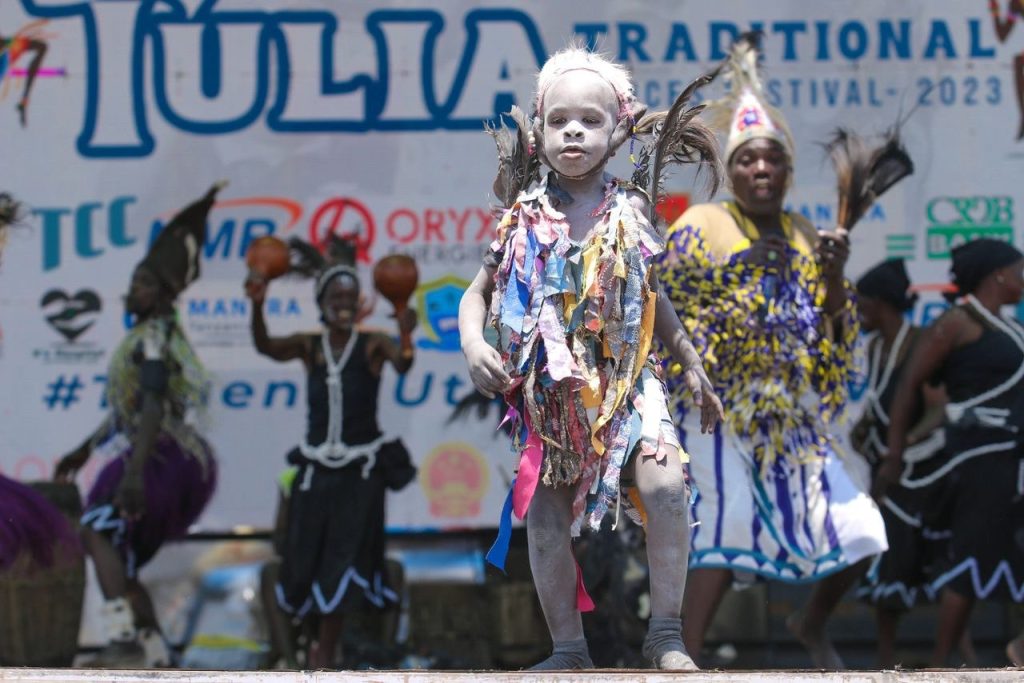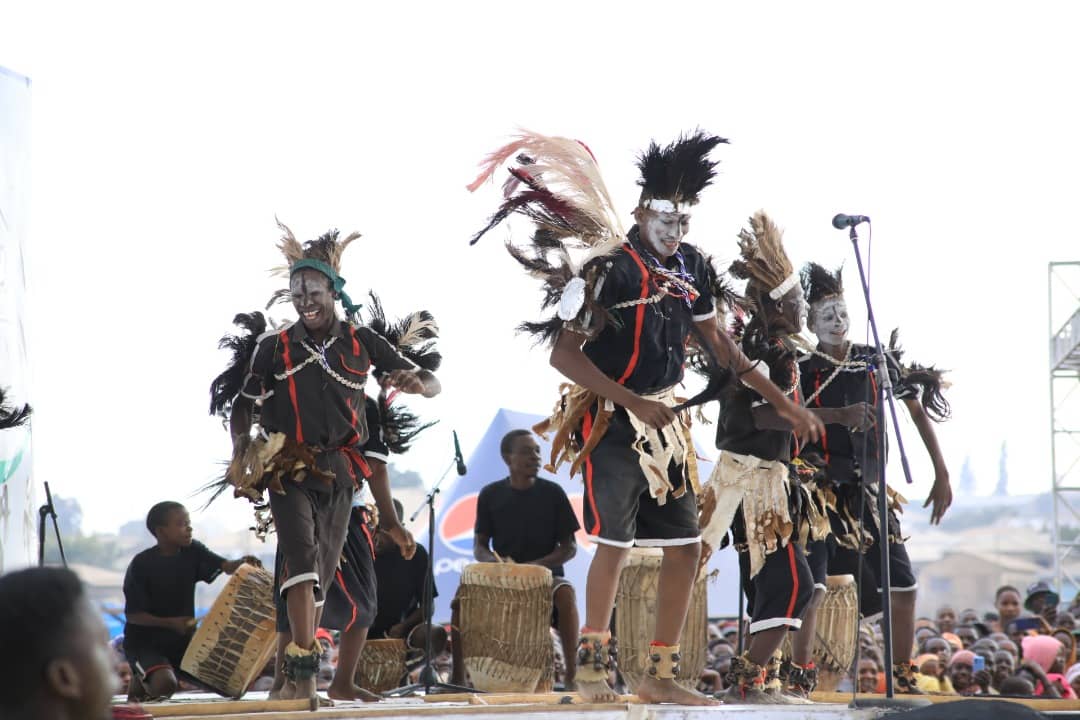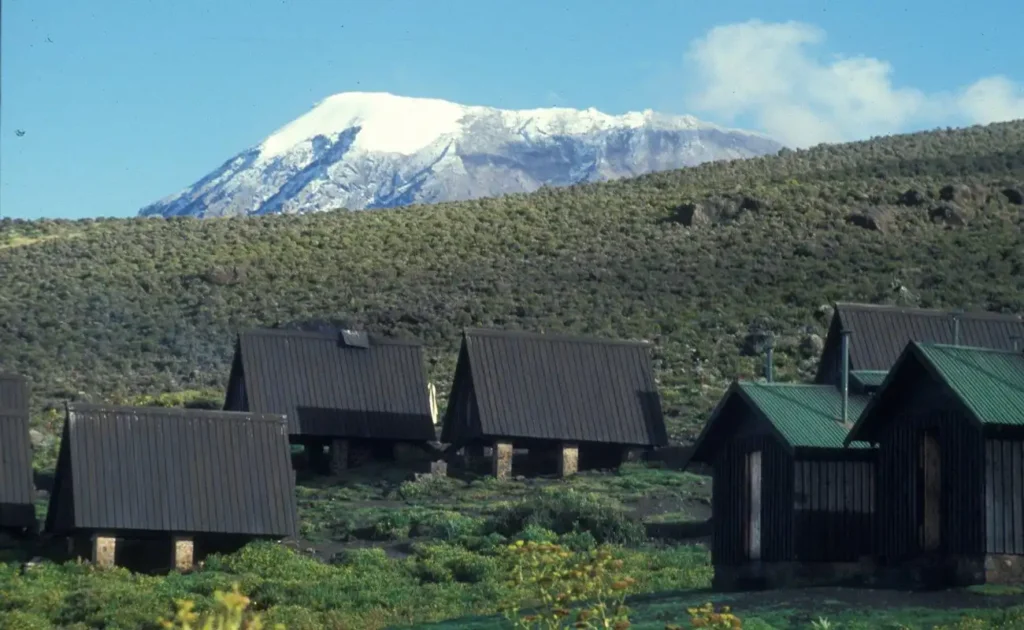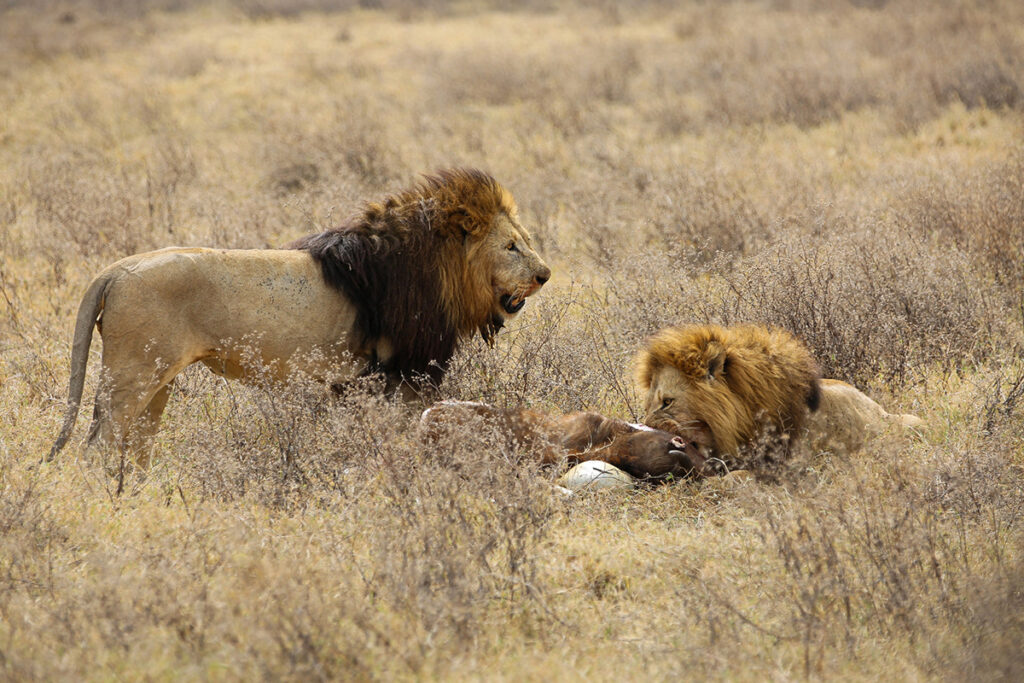Dancing has been dubbed the language of the soul, and Tulia Traditional Dance Festival is a living embodiment of that. This vibrant festival, celebrated by thousands annually, brings together passionate performers and captivated audiences. It’s a colorful showcase of choreography and cultural heritage, deeply rooted in tradition.
Originating centuries ago, the Tulia Festival highlights the essence of cultural preservation. It boasts over 100 unique dance styles, each narrating stories of the past and present. Statistically, the festival attracts over 50,000 visitors each year, underlining its significance in the cultural calendar.

Tulia Traditional Dance Festival: Dance and Tradition
The Tulia Traditional Dance Festival is a vibrant celebration that brings people together through dance and culture. This annual event showcases various styles of traditional dances that reflect the area’s rich heritage. Dancers dressed in colorful costumes perform routines that have been passed down through generations. According to the article, these performances aren’t just entertaining, but they also educate the audience about the history and traditions of the community. This knowledge helps keep cultural stories alive for future generations.
At the heart of the festival is the idea of community and connection. People from all over visit to witness the cultural displays, fostering a sense of unity. The organizers focus on including diverse dance forms to ensure everyone can find something that resonates with them. Through music and movement, attendees experience a shared sense of joy and remembrance. Here is the post that highlights how these gatherings often lead to friendships and cultural exchanges.
The economic impact of the Tulia Traditional Dance Festival is significant for the local community. The influx of visitors boosts local businesses, as people shop at local stores and dine at family-owned restaurants. Hotel bookings increase, providing more jobs for local residents. Leisure activities like guided tours also see more participation. Therefore, the festival not only celebrates tradition but also helps in economic growth.
A highlight of the festival is the variety of dance styles presented, each with its unique flair. Styles range from energetic group performances to intricate solo dances. Every performance is a masterpiece demonstrating different skills and storytelling techniques. Traditional instruments accompany these dances, adding depth and authenticity. The festival’s diverse program appeals to both young and old, offering something for everyone.
TANGAZO LA TULIA TRADITIONAL DANCES FESTIVAL 2021
Exploring the Rich History and Roots of the Festival
The Tulia Traditional Dance Festival is deeply rooted in the history of the community it celebrates. Originating hundreds of years ago, the festival started as a small gathering during harvest time. Villagers would meet to dance and sing in gratitude for a bountiful crop. Over the years, this simple gathering evolved into a grand celebration attracting dancers from different regions. Today, it stands as a symbol of unity and cultural pride for those involved.
Traditions are passed down from one generation to the next, and the festival serves as a living history lesson. Older community members share stories and teach dances that are unique to their culture. Young participants learn not only steps, but also the meanings behind each dance. According to the article, these traditions help preserve the identity of the community and connect people with their past. The festival is an opportunity for the young to connect with their roots.
One of the remarkable aspects of the festival is the variety of dances that have been part of its history. Different styles have been developed over time to reflect different stories. Some dances depict tales of ancient warriors, while others celebrate love and nature. Each performance is a chance to learn something new about the area’s history. This diversity in storytelling keeps audiences engaged and helps preserve many facets of cultural heritage.
The festival’s growth has also been influenced by adapting to change while staying true to its origins. Modern elements, such as contemporary music, have been integrated to appeal to broader audiences. However, the essence of tradition remains strong. Local schools and community groups often get involved by adding their unique perspectives. This blend of old and new enriches the experience for everyone, ensuring the festival will continue to thrive for years to come.
Cultural Significance of Dance in the Festival
Dance at the Tulia Traditional Dance Festival plays a crucial role in preserving the culture of the community. Each dance tells a story, offering insights into the lives and beliefs of the people. By participating in these dances, individuals connect with their heritage and share it with others. This exchange of cultural values strengthens community bonds. Moreover, it provides a platform for showcasing diverse traditions.
The festival’s dances are more than just performances; they are learning experiences. Attendees get to witness various dance styles, each representing different cultural backgrounds. This diversity educates people about the world around them. It also fosters mutual respect and understanding. Through dance, individuals from different walks of life find common ground.
According to experts, dance is a universal language that transcends words. It expresses emotions and ideas that might be hard to articulate otherwise. For many participants, dancing in the festival is a way to convey their cultural identity. This unique form of expression allows them to feel a sense of pride and belonging. The vibrant displays of movement captivate audiences and leave lasting impressions.
The impact of the festival extends beyond cultural preservation. It encourages the younger generation to participate and continue these traditions. Local schools often include traditional dance in their curriculum, nurturing future talents. As more young people get involved, there is a greater chance of sustaining cultural heritage. Thus, the festival not only celebrates history but also shapes the future.
The Impact of Tulia Traditional Dance Festival on Local Tourism
The Tulia Traditional Dance Festival has become a significant boost for local tourism, drawing visitors from far and wide. Every year, the festival attracts thousands of tourists eager to experience the vibrant culture. This influx of visitors translates to increased revenue for local businesses. Hotels are fully booked, and local restaurants enjoy a surge in customers. Shops and markets also see heightened activity, benefiting from this annual event.
The festival not only highlights the rich cultural heritage of Tulia but also promotes other attractions in the area. Tourists often extend their stay to explore nearby landmarks and natural sites. As they travel to these spots, they contribute further to the local economy. Tour operators and transportation services experience increased demand. This ripple effect ensures that multiple sectors of the local economy thrive.
There are several activities connected to the festival that engage tourists. Guided tours offer visitors an overview of Tulia’s history and cultural significance. These tours include stops at cultural landmarks and workshops where tourists can participate in traditional crafts. Visitors can also enjoy local cuisine during food festivals. Such experiences provide a comprehensive look at what Tulia has to offer.
Local events like the festival foster a sense of pride and belonging among residents. Seeing their community celebrated on a large scale encourages them to participate actively in the festival’s success. This community involvement enhances the festival’s appeal to outsiders. Volunteers help with event management, creating an inviting atmosphere for tourists. This collaboration promotes a lasting positive image of Tulia.
The continual growth of the festival suggests a promising future for local tourism. Planning committees work hard each year to innovate and improve the event. Their efforts ensure that the festival remains a must-visit attraction. Continued investment in infrastructure and promotion will likely enhance Tulia’s reputation as a cultural tourism hotspot. The festival’s success showcases the power of tradition in driving modern economic development.

Frequently Asked Questions
The Tulia Traditional Dance Festival is a vibrant event that celebrates rich cultural traditions through dance. Here are some common questions about the significance and organization of this unique festival.
1. What makes the Tulia Traditional Dance Festival unique?
The Tulia Festival stands out for its diverse dance styles that are rich in tradition. Each performance tells a different cultural story, captivating audiences with its visual and emotional depth. The use of traditional costumes and music enhances the authenticity of the performances. This blend of elements makes the festival a captivating experience for everyone who attends.
Additionally, the festival serves as a gathering spot for people to share cultural traditions and stories. It acts as a time capsule, preserving customs that have been passed down through generations. The inclusive nature of the festival allows people from different backgrounds to participate and enjoy. This ensures that the festival remains a cherished event for all involved.
2. How does the festival impact the local community?
The Tulia Traditional Dance Festival brings numerous economic benefits to the local community. It attracts visitors from far and wide, boosting local business revenues. Hotels, restaurants, and shops see increased activity during the festival period. The event also generates jobs for local residents, further contributing to economic growth.
Beyond economic impacts, the festival fosters a sense of community pride and unity. Local residents come together to organize and participate in the event, strengthening community ties. This collaborative spirit reflects the collective identity of the community and ensures future generations will continue to celebrate their unique heritage.
3. What kind of dances can one expect to see at the festival?
At the Tulia Festival, one can expect to see a wide range of traditional dances. From high-energy group performances to intimate solo acts, the diversity is impressive. Each dance has its unique flavor, often telling stories of the past. These performances serve not only to entertain but also to educate attendees about different cultures.
The festival provides a platform for dancers to showcase intricate choreography and storytelling skills. Traditional instruments often accompany these performances, adding a layer of richness. The variety ensures that there is something for everyone to appreciate, making the festival a multifaceted cultural experience.
4. How can visitors participate in the festival?
Visitors to the Tulia Festival have plenty of opportunities to actively engage with the event. Guided tours of cultural landmarks and workshops are available, offering hands-on experiences. Tourists can learn to dance or participate in crafting sessions that emphasize traditional skills. These activities provide an enriching addition to watching the performances.
Beyond these experiences, attendees can indulge in local cuisine, further immersing themselves in the community’s culture. Food stalls and markets offer unique flavors and dining experiences. Engaging with local artisans and chefs allows visitors to better understand the cultural context. This makes their festival experience all the more memorable.
5. Why is it important to preserve traditional festivals like Tulia?
Preserving traditional festivals like Tulia is crucial for maintaining cultural diversity and heritage. These events serve as a living record of customs, beliefs, and stories that are integral to community identity. They offer a sense of continuity in a rapidly changing world. Keeping these traditions alive helps foster respect and understanding among people from different backgrounds.
Moreover, festivals like Tulia provide educational opportunities for younger generations. Engaging with traditional dances and stories can inspire them to take an active role in their cultural heritage. Festivals are not merely about celebration; they are about passing on wisdom and creating a sense of belonging. Such events are essential for enriching the community and ensuring its resilience.
🔴MBEYA: TULIA TRADITIONAL DANCE FESTIVAL 2024
Concluding Thoughts on the Tulia Traditional Dance Festival
The Tulia Traditional Dance Festival is not just an event but a celebration of cultural richness and diversity. It serves as a vital bridge connecting past traditions with future generations. The festival’s vibrant atmosphere draws people from all walks of life, fostering unity and understanding. As such, it continues to be a beacon of cultural pride and community spirit.
Through its unique blend of dance, music, and tradition, the festival significantly impacts both cultural heritage and local tourism. It boosts the local economy while preserving a rich cultural legacy. The continued support and enthusiasm surrounding the festival suggest a bright future. The festival remains a pivotal event that captures the essence of cultural celebration.



